Plant Trees

Happy Earth Month! Be the Change: Plant trees
About
Stay up to date on major announcements, exciting collaborations, and more.Visit our Newsroom
We make it simple for anyone to plant trees, and together we can make an incredible impact. Learn more

Stay up to date on major announcements, exciting collaborations, and more.Visit our Newsroom

We make it simple for anyone to plant trees, and together we can make an incredible impact. Learn more
Get Involved
Become a business partner to improve your company’s sustainability initiatives and make an impact. Learn more
See how your support and leadership can help us fund reforestation efforts across the globe. Learn more

Become a business partner to improve your company’s sustainability initiatives and make an impact. Learn more

See how your support and leadership can help us fund reforestation efforts across the globe. Learn more
Learn
Read about stories from the field, interesting facts about trees and get your healthy dose of nature. Visit our blog
Comprised of lesson plans, learning modules, resources, and activities, our T.R.E.E.S. School Program is the perfect addition to your curriculum. Learn more

Read about stories from the field, interesting facts about trees and get your healthy dose of nature. Visit our blog

Comprised of lesson plans, learning modules, resources, and activities, our T.R.E.E.S. School Program is the perfect addition to your curriculum. Learn more
Shop
Our fan-favorite Reforestation T-Shirt. Wear it with pride to show your support of reforesting our planet, one tree at a time. Shop now
Give the gift that lasts a lifetime! Choose an image, write your personalized message and select a delivery date to gift a tree. Gift a tree

Our fan-favorite Reforestation T-Shirt. Wear it with pride to show your support of reforesting our planet, one tree at a time. Shop now

Give the gift that lasts a lifetime! Choose an image, write your personalized message and select a delivery date to gift a tree. Gift a tree
Get Involved
Plant Trees
Get news, updates, & event Info delivered right to your inbox:
Why Biodiversity Conservation Is Important
Scientists have identified approximately 1.75 million species of organisms on this planet, but it’s no secret that trees are our favorite! Wildlife around the world depend on trees to survive.
Trees are the ultimate keystone species: many insects, fungi, and other wildlife, depend on specific types to live. When trees disappear, it can have a ripple effect that radiates across entire ecosystems. Today, there are approximately 60,000 tree species on the planet, 10% of which are endangered. And healthy forests are often where biodiversity is highest. That's why restoring forest habitats is one of the main reasons we plant trees at One Tree Planted.
Wondering What Biodiversity Means? Watch This Video
How Trees Help Biodiversity
- Provide homes, playgrounds, and hiding spots from predators
- Provide not only food and water, but entire food chains
- Create and hold soil together for a nutrient-rich forest floor
- Grow plants that we humans use as life-saving medicine
- Create oxygen and absorb pollution, keeping our air clean
- Slow the flow of stormwater, helping to clean the water and contribute to global water cycles
Here's A List Of 7 Awesome Wildlife Species That Depend On Forests:
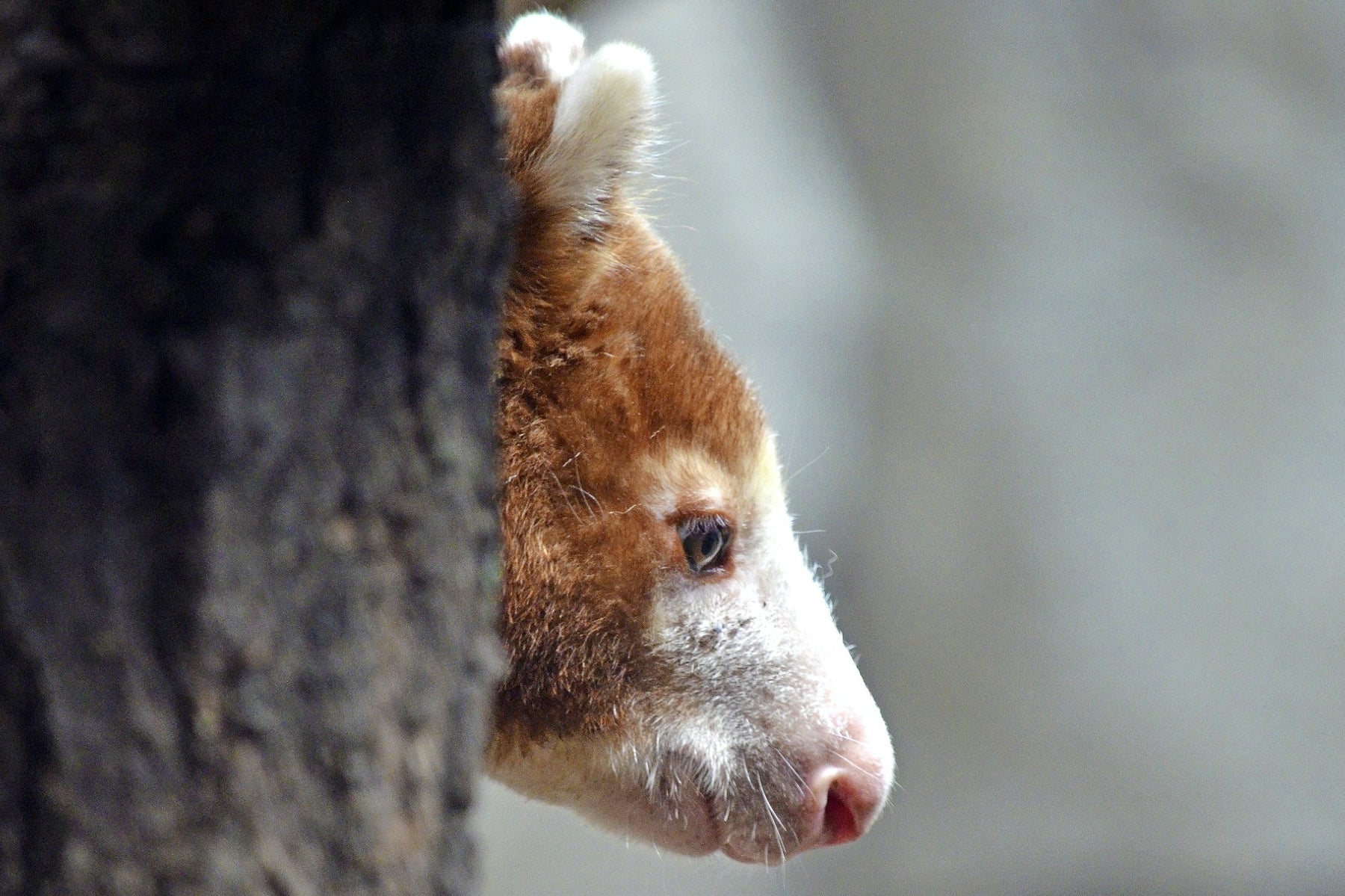
1. Tree Kangaroo
Tree Kangaroos live in the lowland and mountainous rainforests of Papua, New Guinea, Indonesia, and parts of Queensland, Australia. Uniquely adapted to these cloud forests, their sharp claws help with climbing and a long tail keeps them balanced. Meanwhile, their thick chestnut-colored fur insulates against the damp and camouflages against predators.
They prefer to eat mature leaves and fresh-picked fruit, but will also collect fruit that has fallen to the ground. They also enjoy grains, flowers, sap, eggs, young birds, and even bark. A truly unique species, they were probably introduced to NG by humans and adapted to their new, arboreal environment over time. Pretty cool, right?
Considered critically endangered, the major threats facing this species are hunting and habitat loss.
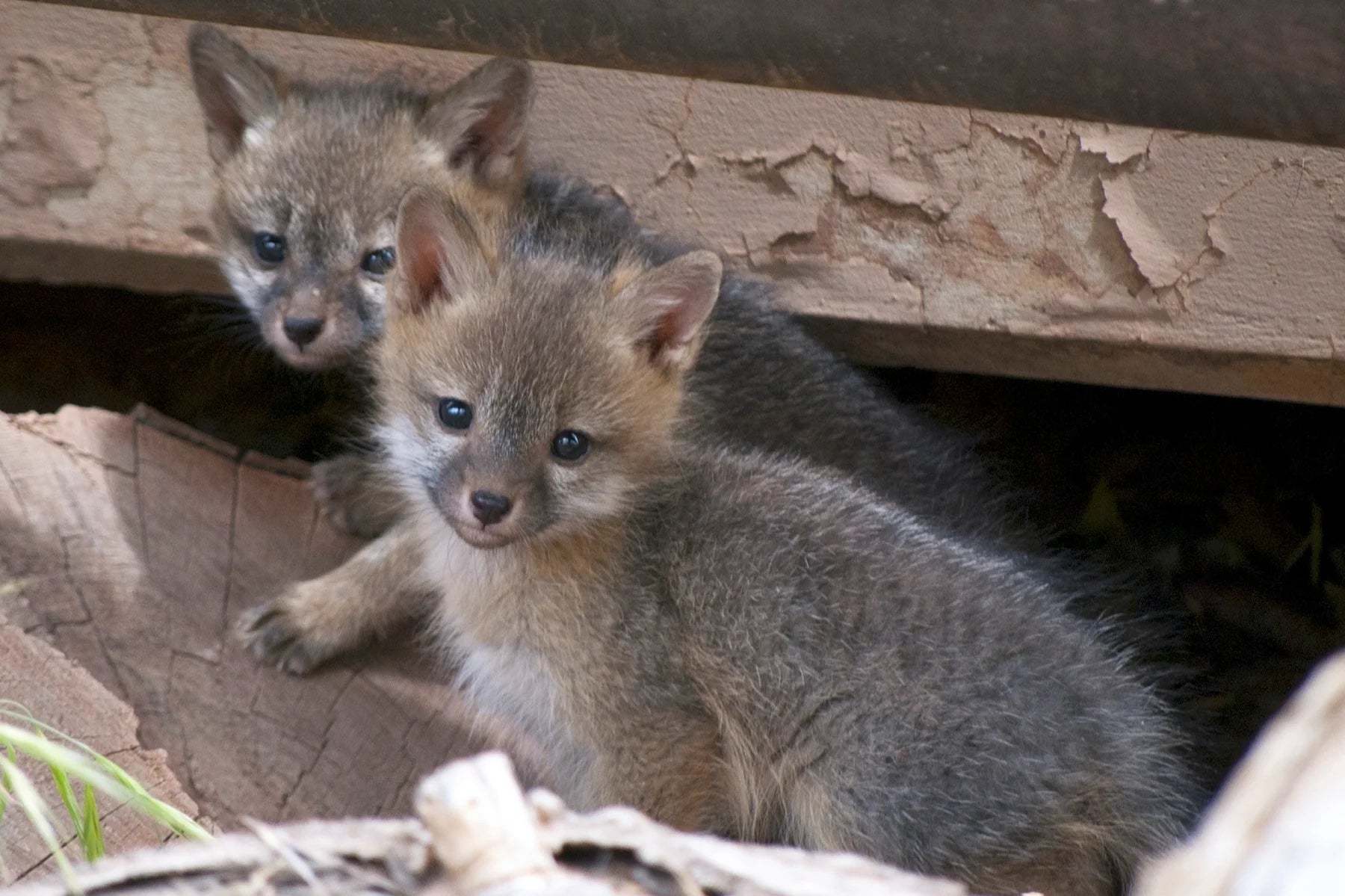
2. Foxes
Foxes build their dens in forests, rock formations, hollow logs and trees, and brush piles. Lined with grass and leaves, these dens provide a safe shelter for blind pups, especially in the first 5 weeks of their lives. They also use trees to escape their enemies, grabbing them with their forepaws and scrambling up with their claws and hind feet.
Foxes also help to control forest populations of rodents like voles and rabbits, and help to disperse seeds, further enhancing plant biodiversity around their habitats.
Fox species around the world are threatened by factors like disease, predation and habitat loss — and the Darwin's fox is considered critically endangered.
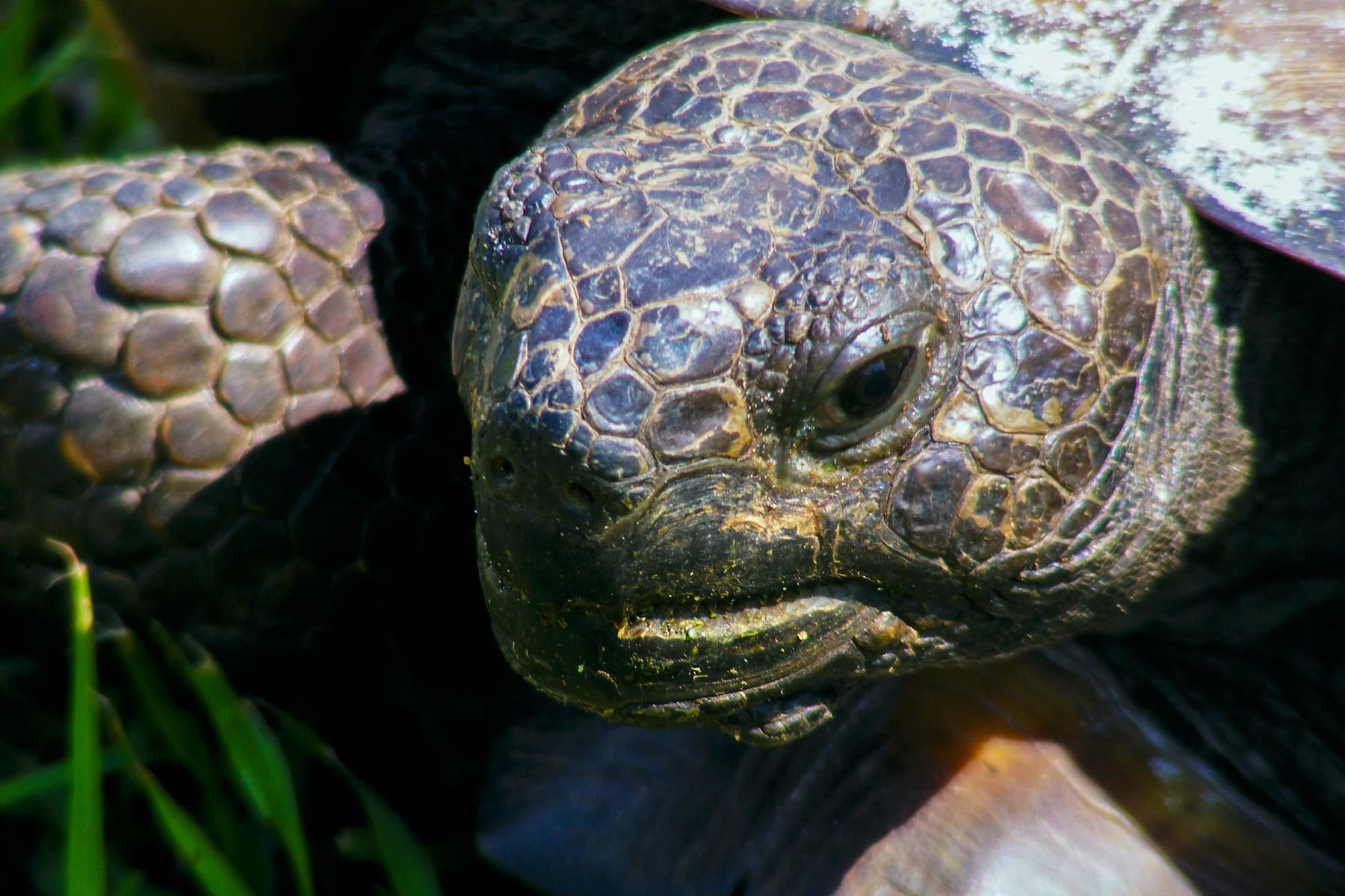
3. Gopher Tortoise
Gopher tortoises depend on forests for their very survival. As dry-land turtles, they live in the well-drained sandy soils of longleaf-pine forests, and dry oak sand hills. And as extraordinary diggers, they carve out extensive burrows underneath the forest floor, providing habitat and refuge for hundreds of other species, thus earning their designation as a keystone species.
Primarily herbivorous, they like to eat grasses, mushrooms, saw palmetto berries, and prickly pear cactus pads, fruits and flowers, along with blackberries, blueberries, gopher apples and other low-growing fruits.
As their habitat is lost to urban development, gopher tortoises are struggling to survive. And while they're considered "threatened", they're only protected in a handful of states in the U.S.
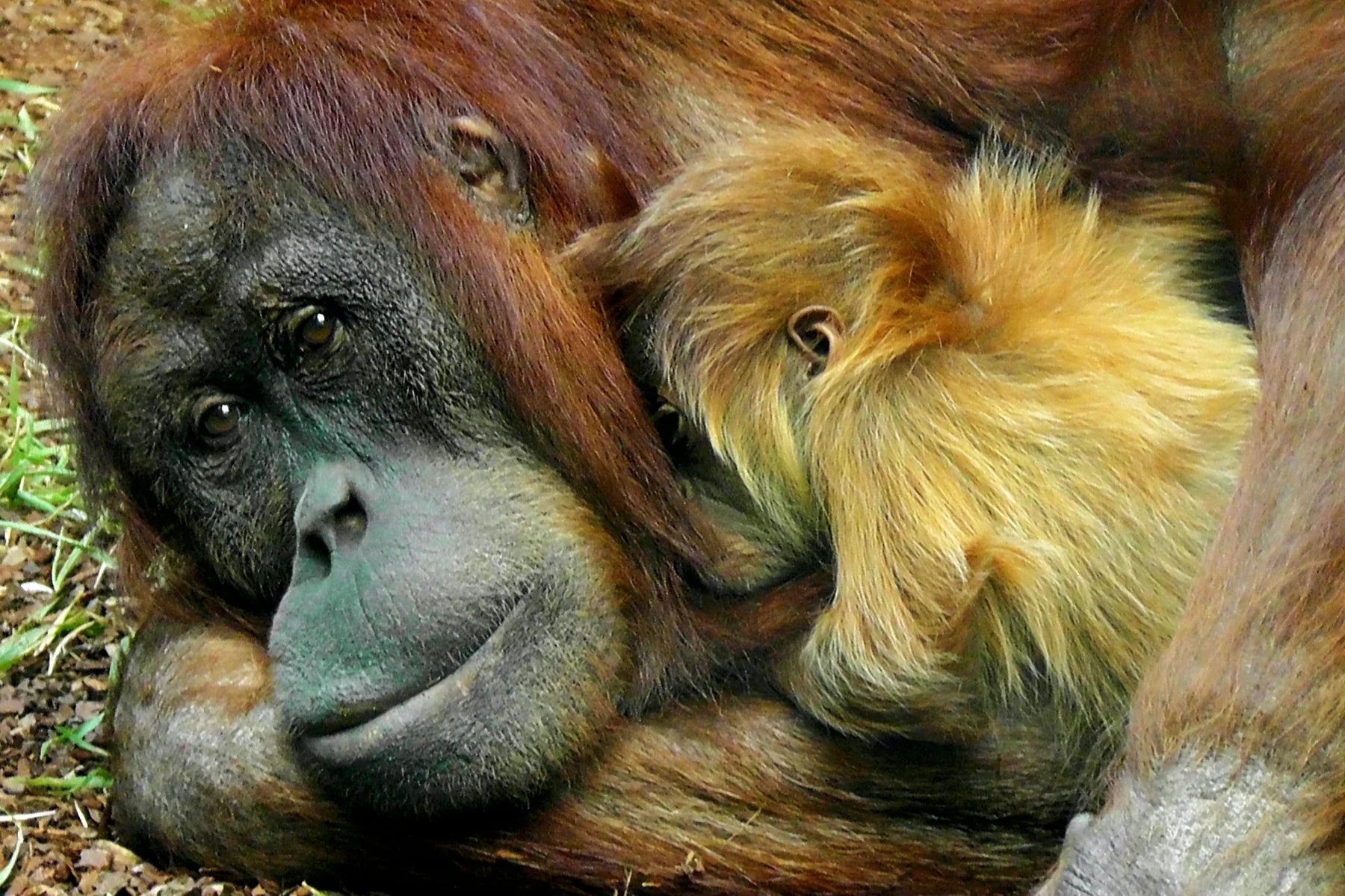
4. Orangutan
The largest tree-climbing mammals in the world, orangutans sleep in nests of trees and vegetation. Ripe fruit is their favorite thing to eat, but you'll also catch them dining on young leaves, bark, flowers, honey, insects, vines, and the inner shoots of plants.
Thanks to their diet, they play a vital role in protecting biodiversity by eating fruits whole, then expelling the seeds in their droppings. In one study, scientists found 828 seeds in one fecal sample! And because droppings create a nice, moist environment for the digested seeds, successful germination is much more likely. Clearly, they’ve earned their title “man of the forest.”
Orangutans are considered critically endangered, and are particularly threatened by deforestation, illegal hunting, and the illegal pet trade.
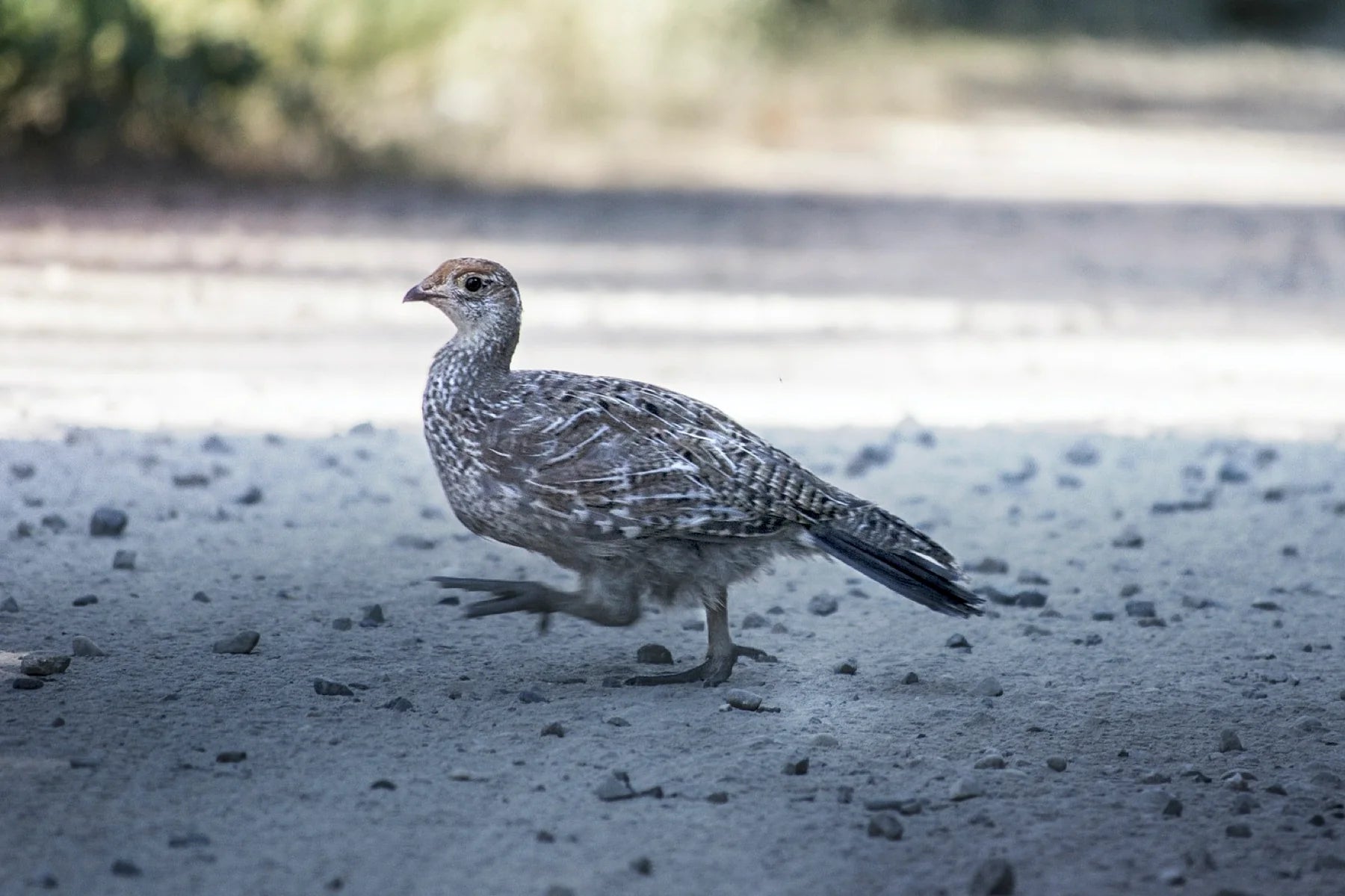
5. Spruce Grouse
Spruce grouse live in the coniferous forests of the northern U.S. and Canada. Unusually nonchalant about human activities, their dark feathers provide an effective camouflage as they navigate their woodland homes. In fact, their plumage and demeanor combine to make them the bane of hunters and birders alike — so if you happen to see one, consider yourself lucky!
Pine, spruce, and other coniferous needles make up the bulk of their diet, but they also dine on fresh green shoots, leaves, berries, flowers, insects, snails, and fungi, helping to keep their populations in check.
While spruce grouse populations are dwindling in the Northeast and elsewhere, they are currently considered "least concern" and are protected only in certain states.
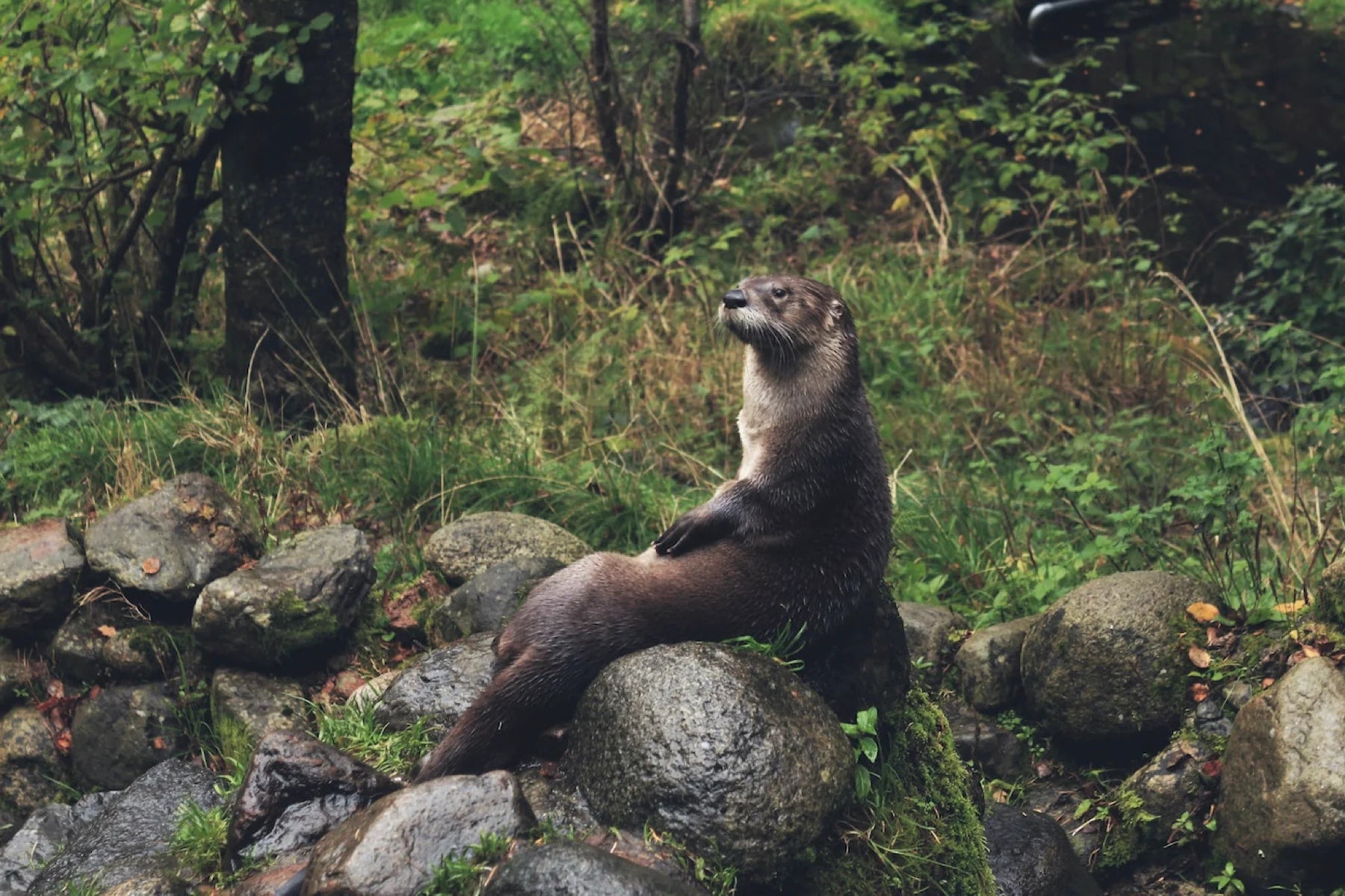
6. River Otter
North American river otters make their dens in abandoned burrows near water’s edge and can thrive in a range of ecosystems, including rivers, lakes, swamps, and estuaries. Their homes are comprised of hollow logs, log jams, piles of driftwood, and boulders. Although most of their lives are spent in the water, these playful Mustelids depend on healthy forests just as much as their terrestrial counterparts.
With razor sharp teeth and claws, they play an integral role in the maintenance of river ecosystems. As predators, they help to control populations of fish, crayfish, crabs, frogs, birds and some reptiles, which make up the bulk of their diet. Thanks to a fast metabolism, they need to eat often!
North American river otter populations are considered stable, leading the species to be classified as "least concern", but the related Giant River Otter, found in Peru, is endangered.
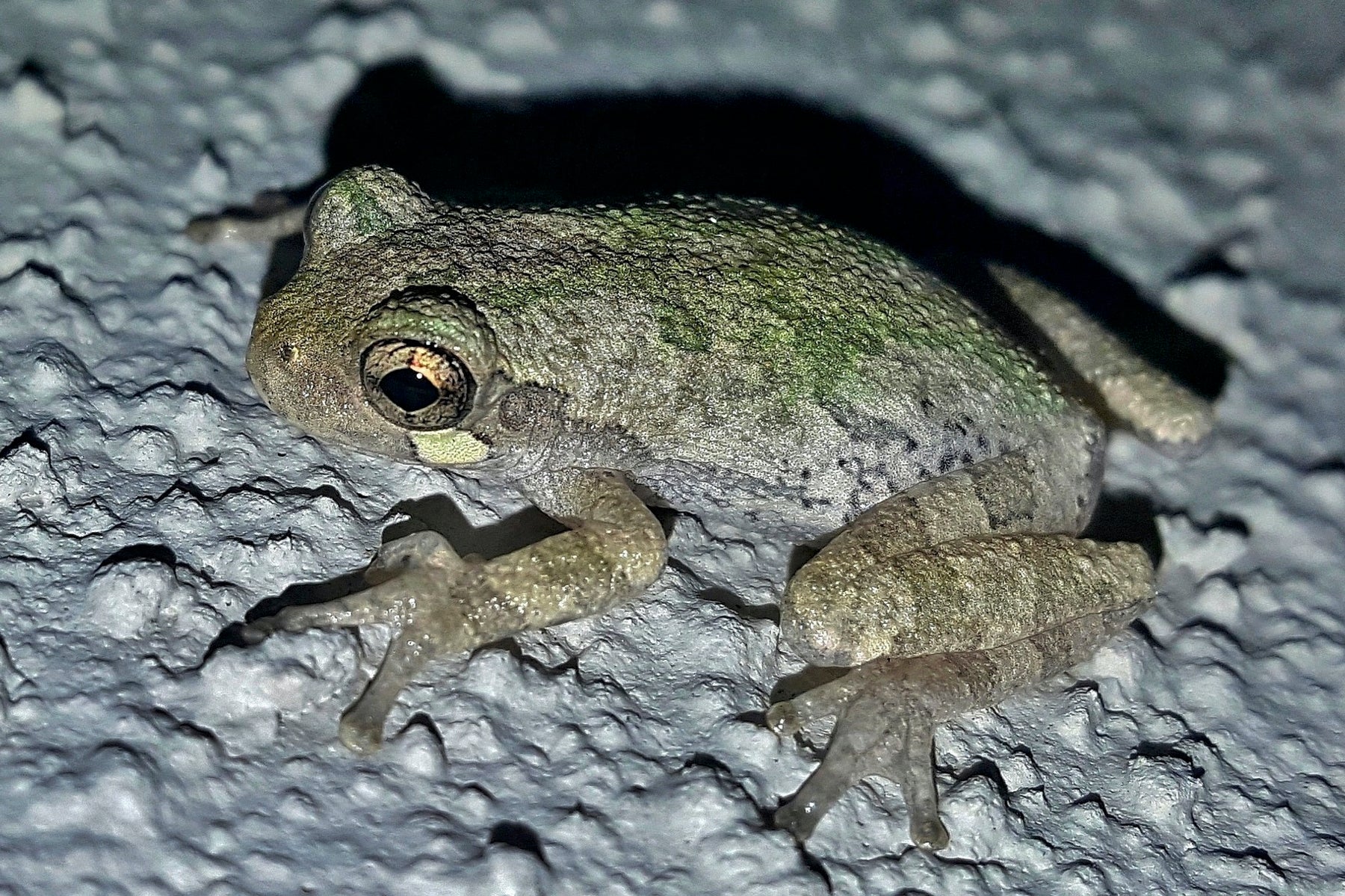
7. Gray Tree Frog
Gray tree frogs depend on water to breed, but live in adjacent mixed and deciduous forests. As a nocturnal species, they rest in tree holes, under bark, in rotten logs, under leaves, and under tree roots during the day. But once the sun goes down, the world is their oyster as they deftly traverse the forest in search of food, using their specially adapted toe pads to climb vertically and move horizontally as needed.
These frogs play an important ecosystem role, consuming enough algae as tadpoles to alter the biology of the ponds they depend on. And once they reach adulthood, they reduce pesky bugs like mosquitoes, gnats, plant lice, mites, snails, slugs, and flies. They also provide a vital food source for larger frogs, some birds, and small mammals.
While Eastern Gray tree frogs aren't currently an endangered species, many frog and toad species are steadily declining — often due to pollution and habitat loss.
And that's just the tip of the canopy, because trees play an essential role in global biodiversity. Want to give back? Consider planting a tree for biodiversity with us today!
Get news, updates, & event Info delivered right to your inbox:
Meaghan Weeden
Meaghan works to share our story far and wide, manages our blog calendar, coordinates with the team on projects + campaigns, and ensures our brand voice is reflected across channels. With a background in communications and an education in environmental conservation, she is passionate about leveraging her creativity to help the environment!
Related Posts
Planting Trees in Mexico for Monarch Butterfly Habitat
18/04/2024 by Meaghan Weeden
Everything You Need to Know About Photosynthesis
16/04/2024 by Gabrielle Clawson
Among Climate Change Solutions, Where Does Reforestation Fit?
11/04/2024 by Meaghan Weeden
Popular On One Tree Planted
5 Causes of Deforestation
15/02/2024 by Meaghan Weeden
Inspirational Quotes About Trees
23/01/2024 by Meaghan Weeden
How to Reduce Waste: 21 Ideas for Zero Waste Living
16/01/2024 by Meaghan Weeden





